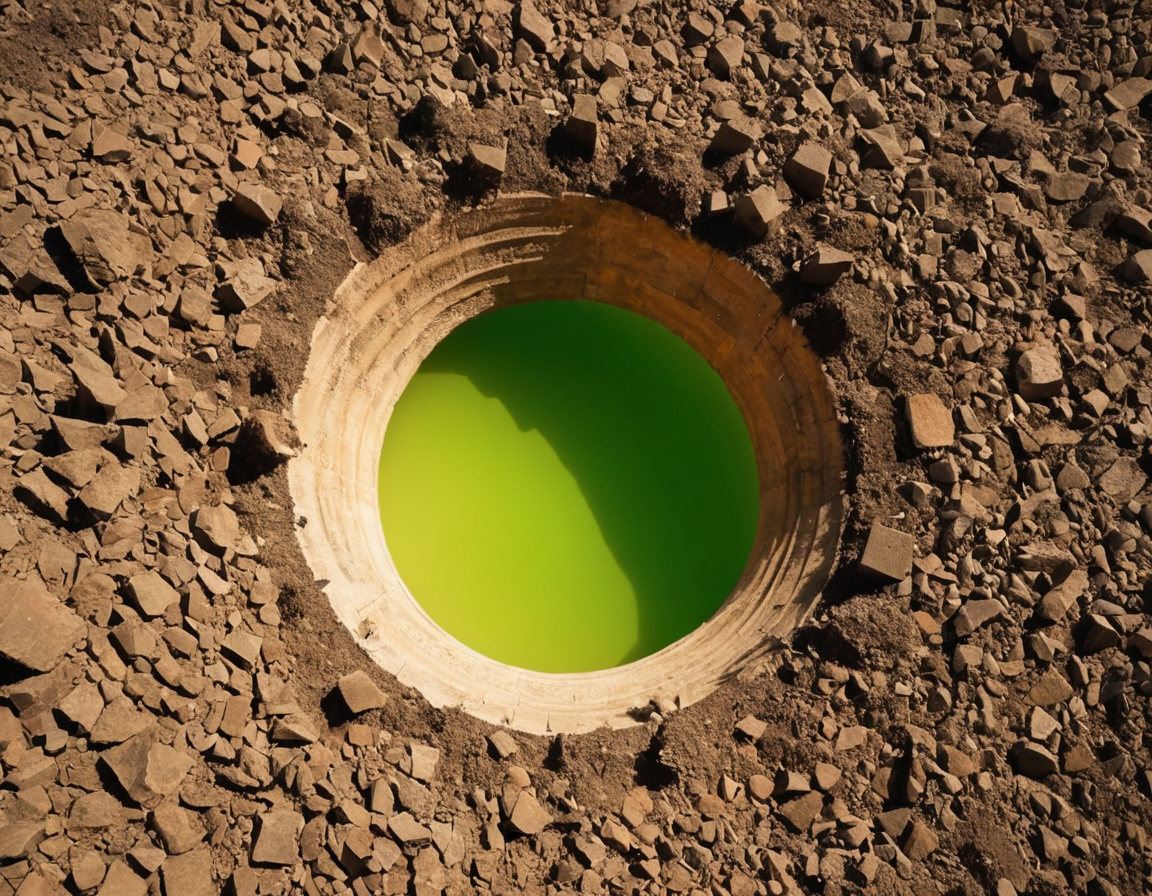: Six Senses That Shock: Unearthing the Gross in Our World

Introduction:
Learn more about Six
In our daily lives, we often encounter situations and objects that evoke a sense of revulsion or disgust. From rotten food to unpleasant smells, our world is filled with elements that can shock our senses. This blog post explores six such gross sensations that are present in our surroundings, delving into the science behind these experiences and offering insights on why we find them so repulsive.
1. The Smell of Rotten Food:
The smell of rotten food is one of the most common instances where our sense of smell triggers a feeling of revulsion. When bacteria break down proteins in decaying food, it produces foul-smelling compounds such as hydrogen sulfide and putrescine. These molecules are detected by olfactory receptors in our noses, triggering the sensation of disgust to protect us from potential harm.
2. The Taste of Metallic Substances:
The metallic taste experienced when eating certain substances is another example of a gross sensation that can be found in everyday life. This taste may result from consuming toxic metals like lead or mercury, but it can also occur due to less dangerous factors such as anxiety or stress. The exact mechanism behind this phenomenon remains unclear, with some research suggesting that it could be related to ion channels within our taste buds.
3. Insect Swarms:
Learn more about Senses
For many people, encountering an insect swarm is a distressing experience. These masses of insects can not only look alarming but also produce unsettling sounds and sensations. The sensation of a crawling or creeping feeling on the skin is called formication, which is often caused by imaginary bugs rather than real ones. Formication may be associated with anxiety disorders and other psychiatric conditions.
4. Slime:
Slime, whether from bacteria or manufactured sources, can elicit a sense of disgust in many people. The physical properties of slime, such as its viscosity and ability to adhere to surfaces, make it repulsive to touch. Additionally, our brain associates slimy substances with potential contamination and disease transmission due to their stickiness.
5. Fear of Enclosed Spaces:
Claustrophobia, the fear of enclosed spaces, is a phenomenon that can trigger intense feelings of panic and discomfort. This sense of confinement often leads to increased heart rate, sweating, and difficulty breathing. The exact cause of claustrophobia remains unclear but may involve genetic factors or early childhood experiences.
6. The Horror Genre in Media:
Learn more about That
Our fascination with horror movies, books, and other media exemplifies our attraction to the gross and unpleasant. These works often feature themes such as death, decay, and violence, which can evoke a sense of dread and anxiety. Research suggests that exposure to these stimuli may activate the brain’s reward system, releasing dopamine and providing pleasure through fear reduction or anticipation.
Conclusion:
Our world is filled with sensations that shock and repulse us, from the smell of rotten food to the sensation of slime on our skin. By understanding the science behind these experiences and acknowledging their role in protecting us from potential harm, we can appreciate how vital our senses are for survival. As we continue to explore and better understand the gross sensations present in our surroundings, we may uncover new insights into human nature and our complex relationship with disgust.


